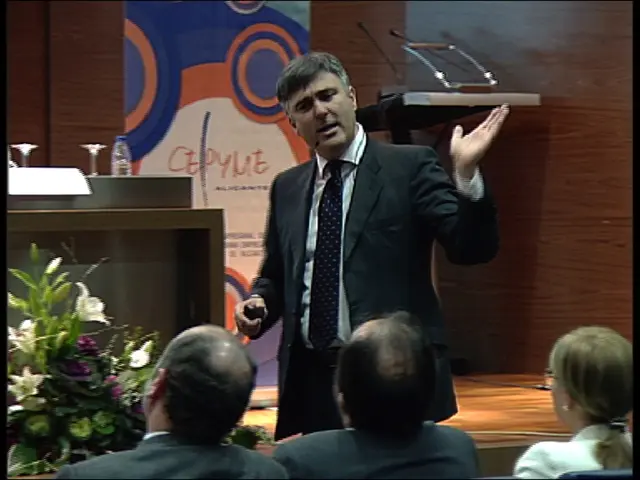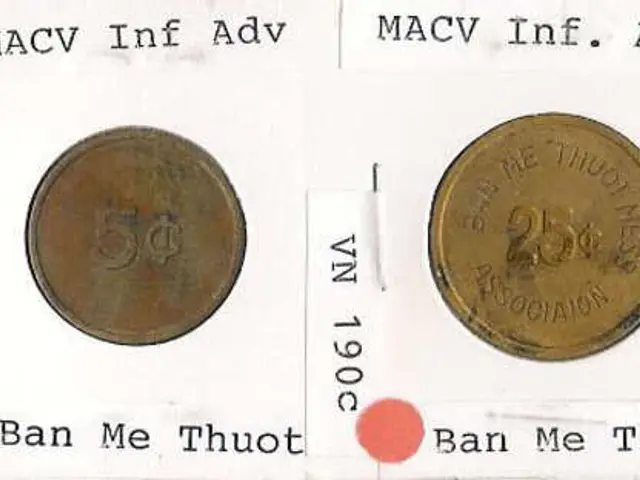Collaboration of observation, simulation, and artificial intelligence uncovers a comprehensible cosmos
In a groundbreaking development, a team of Japanese astronomers has created a new AI technique to analyze big data from current and planned astronomy surveys, significantly improving our understanding of cosmic dark matter.
The new AI technique, which has been successfully applied to real data from the Subaru Telescope, has proven to be a powerful tool for noise reduction in astronomical data. This innovation allows for the study of the large-scale structure of the Universe through measurements of gravitational lensing patterns in wide area survey data.
To compensate for shape noise, the team generated 25,000 mock galaxy catalogs based on real data from the Subaru Telescope. After testing, the AI trained on these mock data was able to recover previously unobservable fine details, providing evidence of its effectiveness.
The AI technique was first applied to Subaru Hyper Suprime-Cam first-year data. The mass distribution derived from using this method is consistent with the currently accepted models of the Universe, offering a significant boost to our understanding of cosmic dark matter.
The results of this new AI technique for noise reduction in astronomical data were published in the June 2021 issue of the Monthly Notices of the Royal Astronomical Society. The article, titled "Noise reduction for weak lensing mass mapping: an application of generative adversarial networks to Subaru Hyper Suprime-Cam first-year data", offers compelling evidence of the AI technique's effectiveness.
The DOI for the published article is 10.1093/mnras/stab982. This development underscores the potential of AI in astronomy, as it enables us to peer deeper into the cosmos and unravel the mysteries of dark matter.
It's important to note that some galaxies can be innately a little funny looking, making it difficult to distinguish between a galaxy image distorted by gravitational lensing and a galaxy that is actually distorted. However, this new AI technique has the ability to help separate these distortions, offering a clearer view of the cosmos.
In summary, Japanese astronomers have developed a new AI technique to remove noise in astronomical data, improving our understanding of cosmic dark matter and the large-scale structure of the Universe. This breakthrough is set to revolutionize the field of astronomy, enabling us to explore the cosmos in ways previously thought impossible.
Read also:
- Peptide YY (PYY): Exploring its Role in Appetite Suppression, Intestinal Health, and Cognitive Links
- Toddler Health: Rotavirus Signs, Origins, and Potential Complications
- Digestive issues and heart discomfort: Root causes and associated health conditions
- House Infernos: Deadly Hazards Surpassing the Flames








